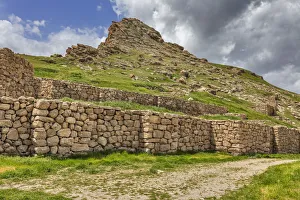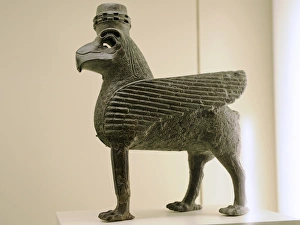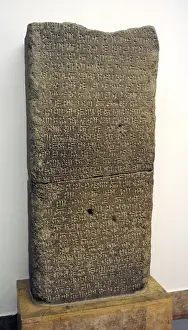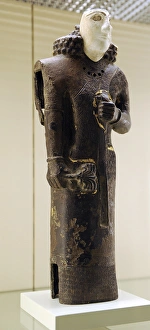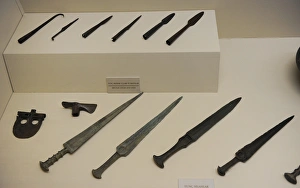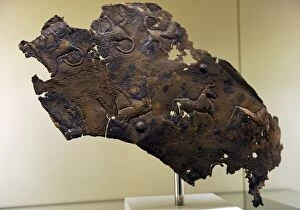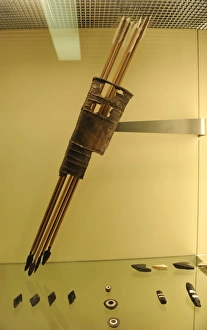Urartu Collection
Urartu, also known as the Kingdom of Van, was a fascinating civilization that thrived in ancient times
All Professionally Made to Order for Quick Shipping
Urartu, also known as the Kingdom of Van, was a fascinating civilization that thrived in ancient times. The remnants of this once-great empire continue to captivate us today. One remarkable artifact from the Bronze Sphinx, believed to be from the city of Tushpa or Toprakkale. This majestic creature showcases the artistic prowess and attention to detail that defined Urartian craftsmanship. Another significant find is the Stele of Rusa II, King of Urartu. Dating back to 680-6 BC, this stone monument provides valuable insights into the political and cultural landscape of that era. The statue of a male figure discovered in Tushpa or Toprakkale further highlights the skillful sculpting abilities possessed by Urartians. Its intricate details give us a glimpse into their societal norms and ideals. Pectorals and gold medallions adorned with exquisite designs were also prevalent during this period. These ornate pieces speak volumes about the wealth and sophistication achieved by Urartian artisans. Visiting Bastam in West Azerbaijan allows one to witness firsthand the ruins of an ancient Urarten fortress dating back to the 7th century BC. These archaeological remains offer glimpses into daily life within these fortified structures. A striking silver situla from around the 9th century BC demonstrates not only skilled metalwork but also hints at trade connections between neighboring regions during that time. The Rock of Van stands tall as an enigmatic symbol shrouded in mystery. Its origins remain unknown, yet its presence adds an air of intrigue surrounding this ancient civilization's religious practices and beliefs. One cannot overlook unique artifacts like thrones adorned with winged lions possessing human torsos or bronze fantastic creatures displaying mythical attributes - both testaments to Urartu's rich mythology and imagination. Lead figures found within Urartian culture provide evidence for their advanced metallurgical techniques while shedding light on social hierarchies and religious practices.

